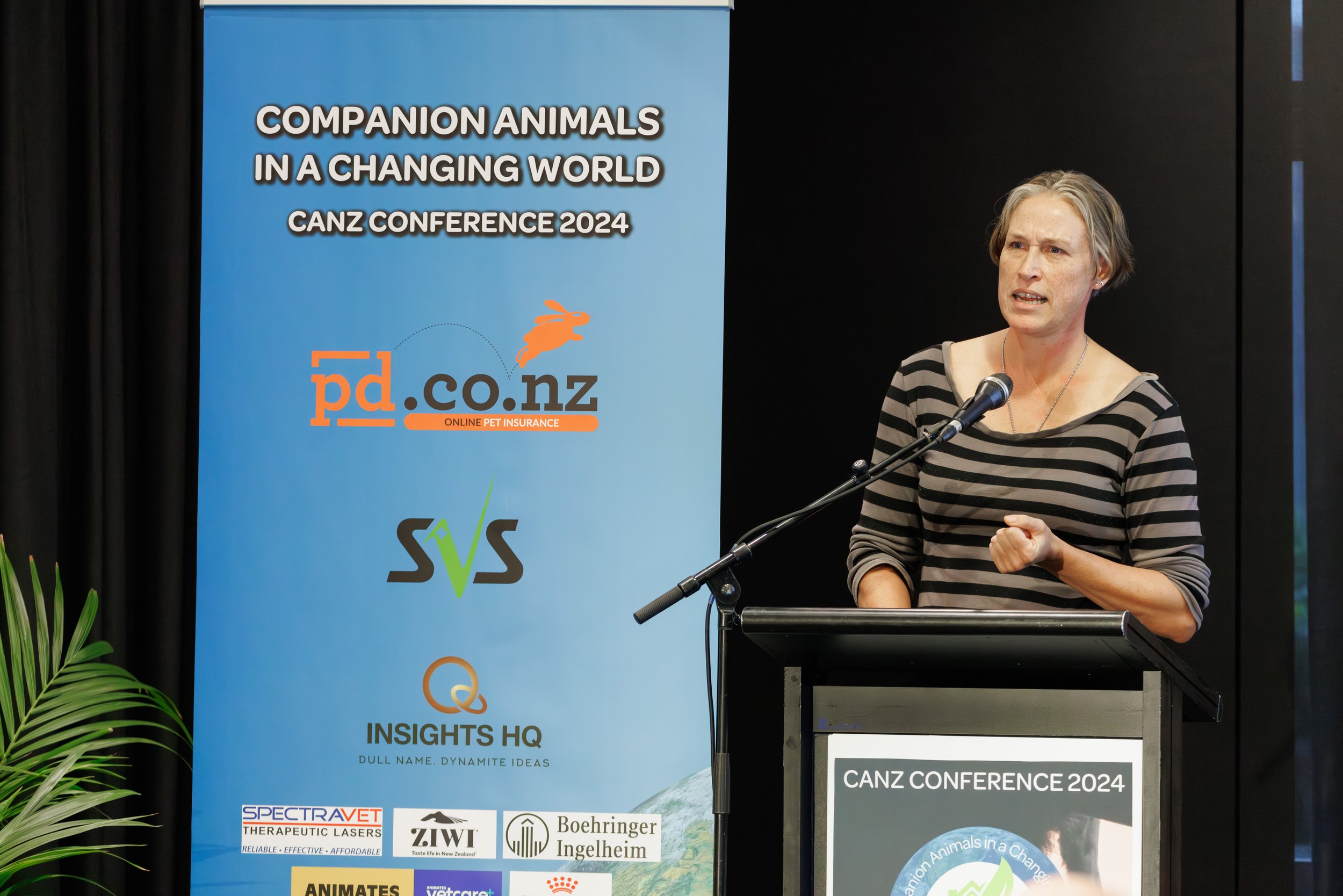23 March is National Puppy Day! Today we celebrate the unconditional love and affection puppies bring to our lives. But how do we turn our love into meaningful actions to set our puppies up for success?
Most people know that a new puppy will bring a great deal of joy to their new human companions – however, did you know that the socialisation a puppy gets in early puppyhood can establish the behaviour patterns they will have for the rest of their lives?
What is socialisation?
The process of ‘socialisation’ includes social aspects such as human handling and socialisation with other dogs and animals. It also includes exposure to various environments, objects, and experiences.
Puppies who only have contact with people and pets in their own household during their first few months are likely to be fearful of unfamiliar people and dogs that they encounter later. The aim of any socialisation effort is that it be done in a positive manner, so the puppy gains knowledge, trust and resilience, giving it the education it needs to lead A Good Life, and to be a good canine companion and societal citizen.
When should socialisation start?
Before three weeks of age, puppies’ sight and hearing are developing, so they are wholly reliant on their mothers. Nonetheless, even at this young age, puppies that are handled are calmer at eight weeks (barking less and exploring more) compared to those that are not handled. In an ideal world, puppies should complete their vaccinations and be ready to socialise with other dogs on walks or at well-run puppy classes at around 12-weeks old. However, the need for socialisation needs to be balanced with the need to effectively protect puppies from exposure to diseases whilst they are not fully vaccinated and it’s important to be guided by your vet in this area.
What we do know is that as puppies become less reliant on their mother, socialisation becomes even more important. The experiences (positive and negative) a puppy has during this period have lifelong effects. The period from about three weeks to 14 weeks of age is when the process of ‘habituation’ can take place most effectively. During this time puppies learn that things they are exposed to at a manageable level are normal and do not pose a threat to them and don’t need to be feared. This means that providing the puppy with a range of positive experiences, enrichment toys, handling and safe interactions with fully-vaccinated dogs will all help set him or her up for a great future.
Of course, as anyone that has raised a puppy knows, continued contact with humans, other dogs and animals, and varied sights and sounds, is important throughout the juvenile stage of life as well, as all these interactions contribute to the way the dog ultimately behaves as an adult.
Benefits of socialisation
Socialisation is a fundamental component to ensuring a dog can lead A Good Life with its human companions. Research has reported numerous benefits of socialisation, including:
Positive lifelong bonds and relationships with humans
Increased trainability
Openness to new places, people, and animals
Capacity to cope with stress, like sounds and separation
Reduced negative adult behaviours, like fearfulness and aggression
Increased positive adult behaviours, like friendliness and the ability to learn tasks
Considerations
It is important that the interactions and experiences provided during the socialisation period are appropriate for the age and breed of the dog. For instance, one study reported that exposure to loud noises early in life (particularly not in a controlled manner) resulted in fearful responses to fireworks, gunshots, and thunder later in adulthood.
If socialisation is aimed at introducing other animals, some breeds innately react differently than others. For example, herding breeds naturally ‘work’ livestock.
Interestingly, research suggests that more varied stimuli, including some instances of mild stress, will result in the dog being more resilient in adulthood. One study showed lifelong benefits of very short instances of removal from their nest in very early life.
However, it is important that socialisation is ultimately a positive experience for puppies, so stressors should be just a tiny portion of the socialisation experience. A final consideration is puppy classes. A review of various studies yielded a mixed result; while such classes serve to provide socialisation opportunities for some animals (like those that receive no other exposure to dogs), it’s important that the experience is a positive one for your pup, and it’s likely that they should just be one part of the wider spectrum of puppy experiences in early life.
Seeking advice
Most of us have a reasonable understanding of the people, animals and experiences to which we want to socialise our puppies, but the way to accomplish this exposure in an effective and positive way can be daunting.
It is best to seek advice and assistance from someone who is accredited for their skillset. You can find accredited professionals on our Companion Animals NZ website page here. Given the importance of your puppy’s early life on their future psychological and emotional wellbeing, as well as yours, seeking advice from a professional trainer at the puppy stage is well worth the investment.
References:
Gazzano A, Mariti C, Notari L, Sighieri C, McBride EA. 2008. Effects of early gentling and early environment on emotional development of puppies. Applied Animal Behaviour Science. 110(3-4):294-304.
Battaglia CL. 2009. Periods of early development and the effects of stimulation and social experiences in the canine. Journal of Veterinary Behavior. 4(5):203-210.
Miklósi Á. 2014. Dog behaviour, evolution, and cognition. oUp Oxford.
Howell TJ, King T, Bennett PC. 2015. Puppy parties and beyond: The role of early age socialization practices on adult dog behavior. Veterinary Medicine: Research and Reports, 6:143-153.



























































